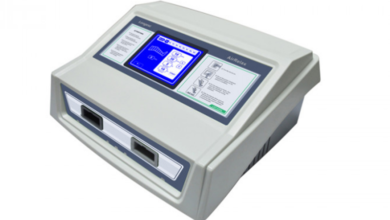Tracking Behavior with Web Analytics

To properly do web analytics, you need to gather your data. But web analytics is not just about collecting data. It’s about collecting your data in such a way that you can read it, understand it, and use it to make the necessary changes to your website. In this chapter, you discover several ways to gather analytics data.
Measuring Website Usability
One of the first things you should do is to gather data in order to measure your website’s usability. This means going through your site to test how your users see your site and measure whether the users are interacting with your site the way you want them to. A few different ways are available to do this: by using personas, A/B and multivariate testing, and cookies and session IDs. We discuss all these methods in the following sections.
Personas
You create personas to measure certain statistics for your website. To create a typical persona, profile a user who fits the demographic information of your target audience, but customize the profile to fit a real person.
Here are a couple of sample personas: Jill is a 20‐something female from New York. She’s a professional with a fairly large disposable income, but she doesn’t drive. She reads through your website, and because it’s about classic‐car customization, she doesn’t find anything of interest to her, so she clicks away. Doug is in his mid‐thirties, works for a real‐estate firm, and has three cars of his own already. He wants to stop and take a look at your site and quite possibly subscribe to your newsletter.
A/B testing
One of the most commonly used tools for testing your website usability is A/B testing. It’s like doing a science experiment. You test your old version of your website (Version A) with the new version (Version B) to see which one measures up better. A/B testing and multivariate testing (discussed in the following section) are somewhat complex, but we explain what they mean and how they can help. Afterward, we describe options to implement testing.
Multivariate testing
A/B testing is about measuring big changes to your site. It’s comparing the old site with the completely new version. Multivariate testing is about testing all those smaller changes to your site, like the change to a certain font, or to a button instead of an arrow. Typically, you test many small changes to the same page at one time instead of two totally separate pages, as in A/B testing. Multivariate testing works better when a page has a large volume of traffic. If you are testing a medium‐ or low‐volume page, use A/B tests instead.
Cookies
When we talk about cookies, we don’t mean a tasty sugary snack. Cookies are little files that get saved in your browser to keep track of information on a particular site. A cookie is what enables you to automatically log on to your Facebook account regardless of whether you’ve closed your browser session or even logged off and powered down your computer.
Last word
That way, you can know which users arrived from the search engines and which ones came from outside links or from their own bookmarks. And if you know that, you can properly read the data coming in from the search engines. Also, be aware of seasonal trends in the search engines. Remember, some traffic is seasonal, especially around the holidays, so take that into consideration when you’re watching your search engine rankings.
Teluguwap offers a diverse range of Telugu music, movies, and more, making it a go-to platform for Telugu entertainment enthusiasts. With its user-friendly interface and vast collection, it provides a convenient and immersive experience. Whether you are a fan of classic melodies or the latest blockbuster hits, Teluguwap has got you covered.





